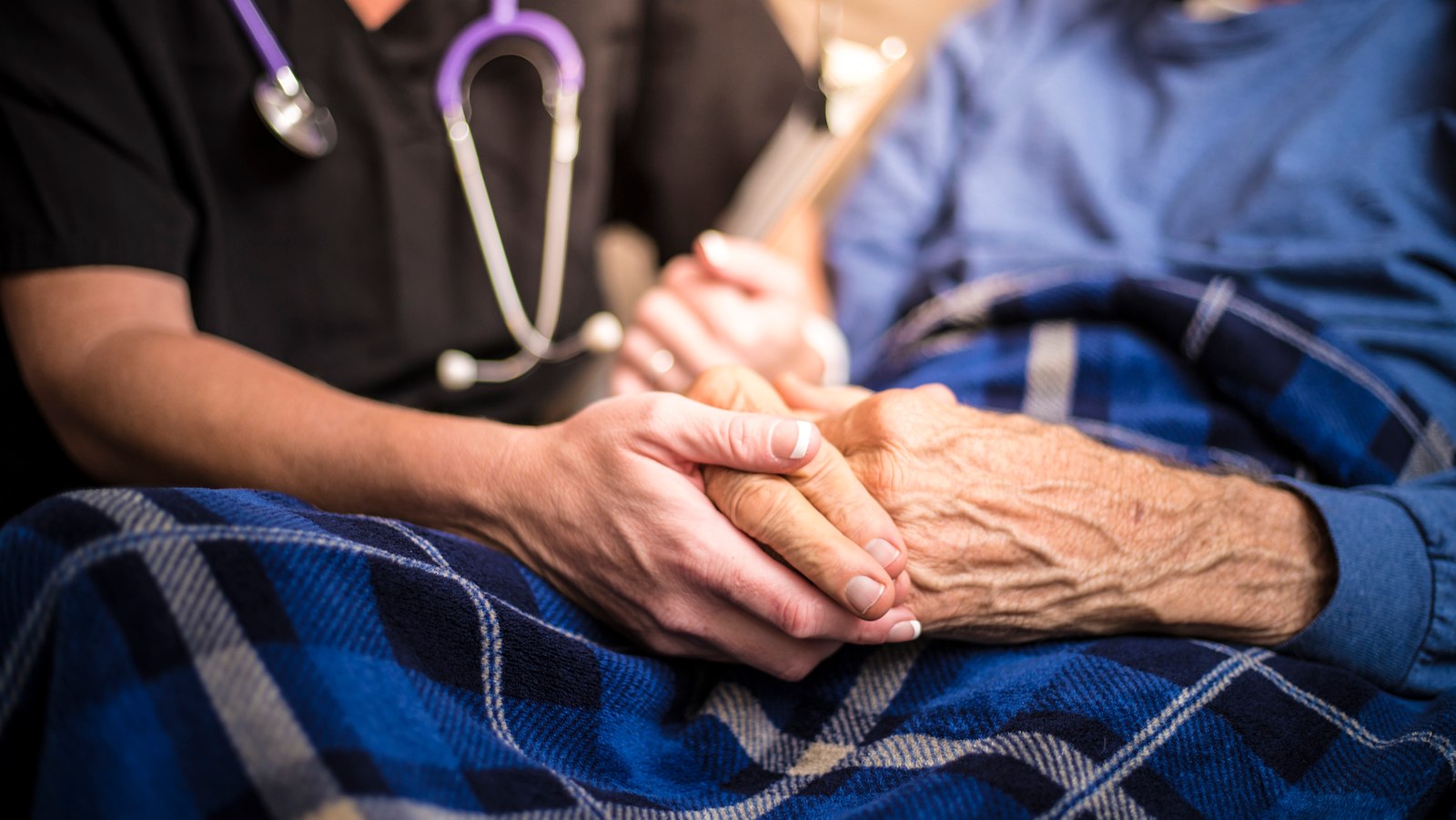A 'natural death' may be preferable for many than enduring CPR
CPR can sometimes save lives, but it also has a dark side.
. . . the true odds are grim. In 2010 a review of 79 studies, involving almost 150,000 patients, found that the overall rate of survival from out-of-hospital cardiac arrest had barely changed in thirty years. It was 7.6%.
Chronic illness matters too. One study found that less than 2% of patients with cancer or heart, lung, or liver disease were resuscitated with CPR and survived for six months.
But this is life or death — even if the odds are grim, what's the harm in trying if some will live? The harm, as it turns out, can be considerable. Chest compressions are often physically, literally harmful. "Fractured or cracked ribs are the most common complication," wrote the original Hopkins researchers, but the procedure can also cause pulmonary hemorrhage, liver lacerations, and broken sternums.
The traumatic nature of CPR may be why as many as half of patients who survive wish they hadn't received it, even though they lived.
An even bigger quality of life problem is brain injury. . . . Only 2% of survivors over 85 escape significant brain damage, according to one study.
"The act of resuscitation itself cannot be expected to cure the inciting disease," the Hopkins researchers wrote in 1961.
A patient with terminal cancer who is resuscitated will still have terminal cancer. In those cases, the most humane approach may be to ease the pain of the dying process, rather than build a bridge to nowhere.

